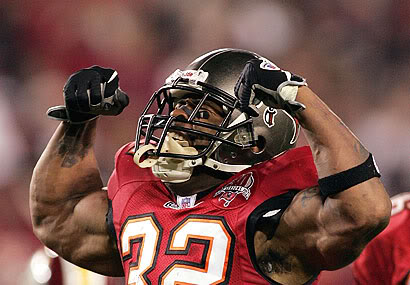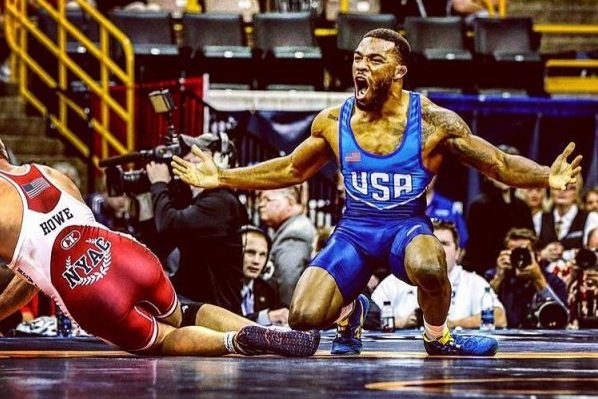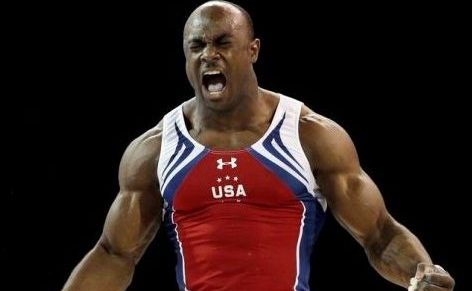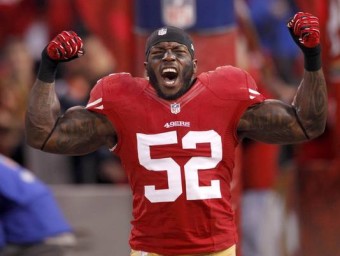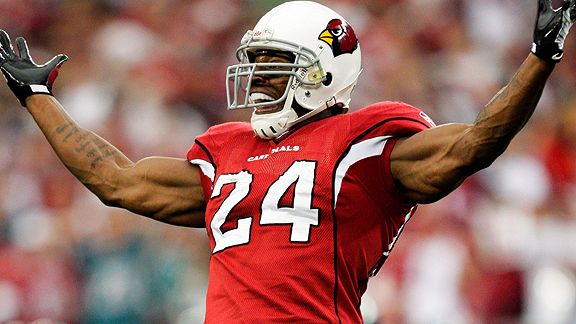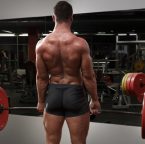Why Wrestlers Need to Get Strong
If you are a wrestler looking to dominate your sport, then you had better be putting in the work in the weight room to develop the strength and power needed to crush your opponent.
In a physical sport like wrestling, it can never hurt to be too strong. While technique is vital to an athlete’s success on the wrestling mat, just as vital is pure maximal strength. When two wrestlers have similar or equal technique, then the stronger athlete will win – plain and simple.
Strength can also help make up for lack of technique. Often times a wrestler with inferior technique can overcome their disadvantage by being much stronger than their opponent. Being stronger can also help a wrestler get out of a tough position or situation when they make a mistake.
I am not stating that wrestlers shouldn’t place an emphasis on improving and refining their technique. In fact, I think the opposite is true. Technique is beyond important to a wrestler’s success and should be worked on daily.
What I am stating is that wrestlers should ALSO place an emphasis on strength training – especially if they tend to neglect or overlook it.
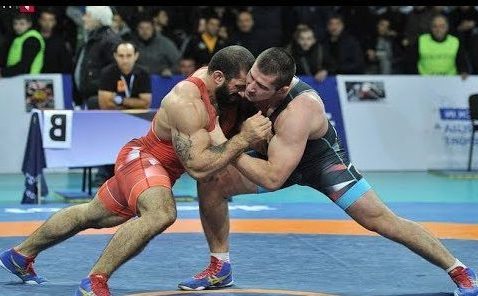
Maximal Relative Strength is Key
In my previous article, WHY STRONGER ATHLETES MAKE BETTER ATHLETES, I discuss the importance of developing Maximal Relative Strength. For wrestlers, this should be the backbone or main goal for their training in the weight room.
In a sport like wrestling, where there are different weight classes, it is super important to get as strong as possible while still staying within your weight class.
That means you want to develop strength without gaining too much muscle mass. Putting on too much muscle mass can potentially bump you up to another weight class – and unless that is your goal, we need to ensure you are getting stronger without putting on additional weight (how much weight you can put on will come down to your own individual situation – some athletes can afford to put on weight, while others will be cutting and have little room to put on any additional pounds).
Maximal relative strength can be defined as getting as strong as possible relative to your body weight. Again, check out my previous article WHY STRONGER ATHLETES MAKE BETTER ATHLETES to learn more about that topic.
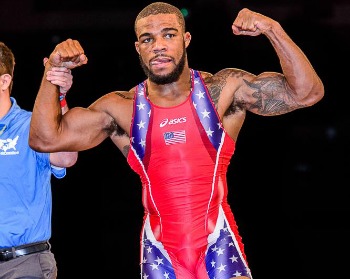
What Types of Exercises Wrestlers Should Be Doing…
Now that we understand the importance of strength training for wrestlers, now we must look into what types of strength training exercises are important – as they are not all created equally and it is important to invest your time doing the right strength training to achieve maximal gains.
While I recommend functional compound movements – such as squats, lunges, hip hinge variations, pressing and pulling exercises for all my athletes – there are certain exercises that have a great carry over to the mat.
Below is a list of exercises/movements that I feel should be a staple in all wrestlers training programs:
Floor Press
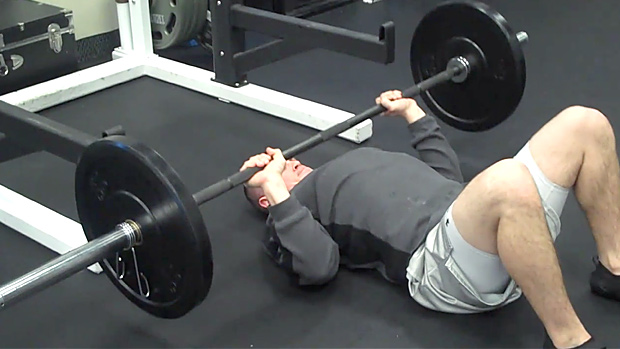
- What it is: The floor press is a horizontal pressing movement that is very similar to your traditional bench press. The main difference is that this movement is performed with the athlete lying on the ground instead of a bench. Just like the bench press, you can perform the floor press using dumbbells, barbell, or a football/swiss bar.
- Why it is important: Because wrestlers spend much of their time on the ground (often times on their backs), this is a great functional exercise that will improve a wrestler’s pressing movement from the ground.
- How to perform: Again, very similar to a bench press, have the athlete lie on the ground to perform this movement using either dumbbells or a barbell. Another variation to this movement would be to do a single arm dumbbell floor press in which the athlete performs all the reps using a dumbbell with one arm and then performs the reps with the other arm (see my previous article UNILATERAL TRAINING – WHAT IS IT AND SHOULD YOU BE DOING IT to learn the benefits of training one arm at a time).
- Benefits: This exercise targets the athlete’s pressing muscles (chest, triceps, anterior delts) and will improve their horizontal pressing motion. This will improve the wrestler’s upper body strength when on the floor (primarily when they are on their back).
- Recommended Sets/Reps: You can use this movement in two different ways – either as a main movement or accessory movement.
If you use it for a main upper body movement, then I would recommend lower reps and higher weight to really emphasize maximal strength gains – so 3-5 sets of 1-4 reps (refer to my article BUILDING STRONGER ATHLETES PART I MAXIMAL EFFORT METHOD to learn more about this method.
If you are using it for an accessory exercise, then I would recommend 2-4 sets of 5-8 reps.
I generally, not but necessarily always, use a barbell when including this exercise as a main upper body movement and use dumbbells when including it as an upper body accessory exercise.
Glute Bridge
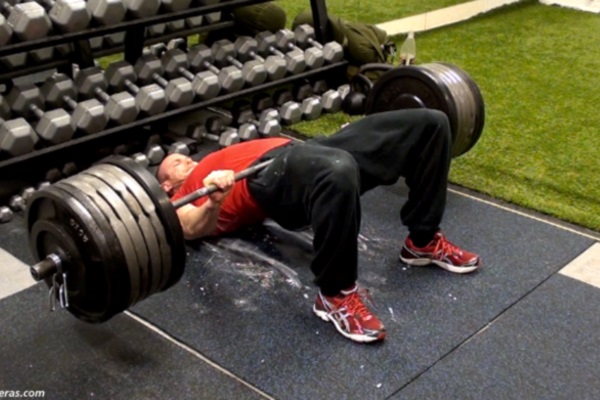
- What it is: The glute bridge is a hip hinge movement that places an emphasis on the posterior chain (primarily the glutes).
- Why it is important: I consider the posterior chain (consisting of your hamstrings, glutes, and lower back) the “engine” of an athlete because that is where you develop all your power from. Just like the floor press, this exercise takes place with the athlete lying on their back, so it has a great carry over to a sport like wrestling where they spend much of their time.
- How to perform: Start by lying on your back on the ground with a barbell placed over your hips. Bend your knees and pull your feet close to your buttocks. Press your heels into the ground and lift your hips, raising the barbell into the air. Focus on squeezing your glutes at the top of the movement, ensuring your hips are fully extended without hyperextending your lower back. Keep your core engaged throughout the exercise to maintain stability and maximize effectiveness. This move targets the glutes, enhancing hip strength and stability.
- Benefits: Again, this focuses on developing strength/power in the posterior chain which is important for wrestler’s lower body power. Because this exercise takes place on the ground, it also teaches the wrestler to become strong from the ground – again, very important in a sport like wrestling where the athletes spend much of their time.
- Recommended Sets/Reps: I like to use this exercise primarily as a lower body accessory movement being performed with 2-4 sets of 5-8 reps.
4-Way Band Neck
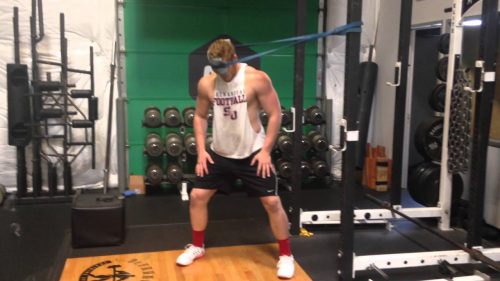
- What it is: The 4-way band neck is an exercise that targets the neck muscles from various directions and planes.
- Why it is important: Wrestlers use their neck a ton in a sport like wrestling. They also use it in a 3D manner – meaning they use it in many different directions and angles. Because of this, it is important to train the neck from all directions and movement planes.
- How to perform: Attach one end of a band to a rack (or something stationary) and then loop the other end of the band around the top of the head (around the forehead area). Once the band is attached and providing good resistance, have the athlete perform the following 3 head movements – up/ down, side to side, and rotation. This can be performed either for reps (5-10 each) or for time (30-45 seconds) each.
- This exercises will be performed from 4 different angels 1. facing the rack 2. the rack to the right of the athlete 3. the rack to the left of the athlete and finally 4. with the rack behind the athlete.
- Benefits: This exercise strengthens the neck muscles which are important for performance and for injury prevention.
- Recommended Sets/Reps: I use this exercise as a “specialty” accessory exercise and normally perform it at the end of a training session. See above for recommended reps. You can have the athlete perform this circuit 1-2 times a couple times a week.
Farmer Walks
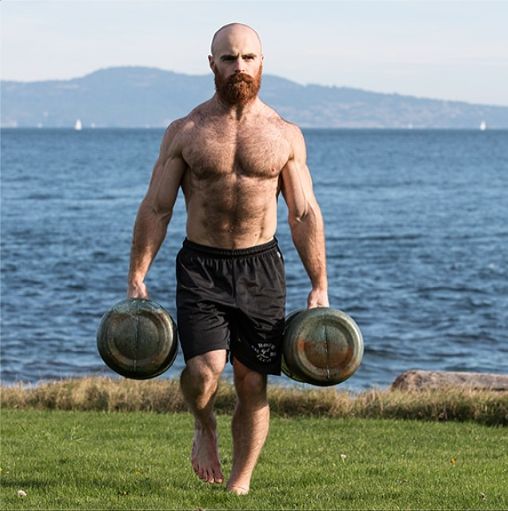
- What it is: Farmer walks are a pretty simple, yet very effective exercise and involve picking up a heavy object, normally dumbbells or farmer handles, and going for a walk.
- Why it is important: This training exercise incorporates the whole body, focusing on total body strength, but also focuses on developing a strong grip. Grip strength is very important in a sport like wrestling, so it is vital that you include grip strengthing in your training program.
- How to perform: Have the athlete pick up heavy dumbbells or farmer handles and have them walk a certain distance (usually 15-20 yards is a good distance). To increase the difficulty have the athlete stop every 5 yards and pause for 2-5 seconds before walking again.
- Benefits: Develops total body strength and develops crushing grip strength.
- Recommended Sets/Reps: I would incorporate this exercise as a “specialty” accessory exercise and put it towards the end of a training session. Farmer walks are also a great exercise to use in conditioning circuits.
Towel Pull-Ups
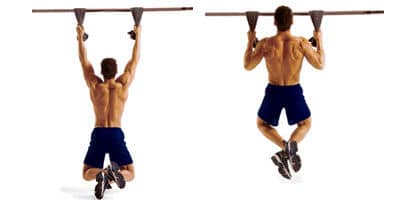
- What it is: This pull-up variation is very similar to your typical pull-up, however, it also includes two towels to increase difficulty.
- Why it is important: Pull-ups are important for wrestlers as it trains the muscles responsible for the pulling motion (which is important when it comes to controlling your opponent). The addition of a towel also helps to improve grip strength (the importance of a crushing grip are talked about above).
- How to perform: Take two small towels and drape them over a pull-up bar. Then take one towel with each hand and have the athlete hang from the towels. Lastly, have the athlete perform a pull-up – pulling themselves up using the towels.
- Benefits: This exercise helps to develop upper body and grip strength – both of which are very important when it comes to controlling and throwing your opponent around.
- Recommended Sets/Reps: I use this movement as an upper body horizontal rowing accessory exercise generally for 2-4 sets of 6-8 reps. If bodyweight is easy, an athlete can add additional weight to themselves to increase the difficulty.
NOTE – This is a very difficult exercise and should be performed only with advanced athletes. For younger or less advanced athletes, you can perform “towel holds” in which the athlete simply hangs from the towel for as long as possible. With this exercise, the athlete can still work to improve their grip strength, even if they are not yet able to perform pull-ups.
Wrap Up
As I mentioned at the beginning of this article, all athletes can benefit from functional compound movements – such as squats, lunges, hip hinge variations, pressing and pulling exercises – but there are certain exercises that have a great carry over to the mat and the 5 I listed above are some of those exercises.

Bobby Fioritto is the founder and president of Elite Sports Performance, a highly sought after athletic performance training facility located in Cleveland, OH.
He received his Master’s degree in Exercise Physiology from Kent State University and is both a Certified Sports Nutritionist (CISSN) and Youth Nutrition Specialist.
Bobby has worked with athletes of all levels – ranging from youth to elite and has had tremendous success across all categories. Visit his website to get more info on what he has to offer for you: www.BobbyFioritto.com.

